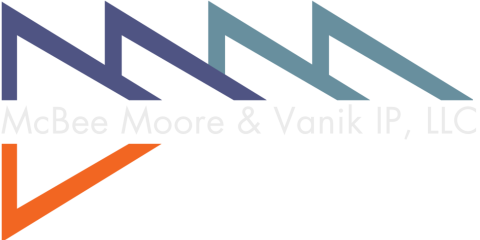Inter partes review (IPR) is an adversarial proceeding before the Patent Trial and Appeal Board (PTAB) to review one or more claims of a patent only on a ground that could be raised under 35 U.S.C. §§ 102 or 103 (patents and publications raising issues of novelty and obviousness, respectively).
IPR is available against any patent, regardless of its filing date, but certain considerations pertain to patents issued from an application that was subject to the first-inventor-to-file provisions of the America Invents Act (first-inventor-to-file patents). For first-inventor-to-file patents, the IPR process begins with a third-party petition that is filed after the later of either (a) 9 months after the patent is granted (or reissued), or (b) if a PGR is instituted, termination of the PGR. These deadlines do not apply to first-to-invent patents.
The petition for IPR must be filed before the petitioner files any declaratory judgment action alleging invalidity of a claim of the patent. Alternatively, if a third party is served with an infringement complaint by a patentee, the third party has one year to file a petition for IPR.
The petition must establish a “reasonable likelihood” that the petitioner will prevail on at least one claim. If the proceeding is instituted and not dismissed (e.g., by consent of the parties), a final determination by the PTAB will be issued within 1 year (extendable for good cause by 6 months).
IPR proceedings, like PGR proceedings, also permit litigation-like procedures, including limited discovery, protective orders, and settlement.
Importantly, IPR produces legal estoppel for the petitioner that applies to (a) any ground that the petitioner “raised or reasonably could have raised” during the proceeding, and (b) all USPTO, International Trade Commission (ITC), and district court (litigation) proceedings. Estoppel arising from a IPR proceeding attaches once all appeals are exhausted, and applies to invalidity defenses based on patents and printed publications that were or could have been raised during IPR.
Who May Seek: Anyone Except the Patent Owner
Which Patents are Affected: All patents. Available nine months after issue (i.e., after Post-Grant Review window closes) or after any pending PGR concludes.
Legal Standard: “Reasonable likelihood” that petitioner would prevail on at least one challenged claim.
Grounds: Patents Published, Patent applications & Printed publications
Estoppel: Raised or reasonably could have raised. Applies to subsequent USPTO, ITC, or district court actions








